Decoding the sedimentary layer
Located along the Nam Khoong stream, in Nam Dan commune, the ancient stone complex and megalithic relics were ranked as national archaeological relics by the Ministry of Culture, Sports and Tourism in 2008. On an area of more than 5 hectares, scientists discovered 7 large stone slabs and 2 megaliths (extremely large rocks) with about 80 carvings and 80 holes, creating a unique "outdoor museum" in the middle of the mountains and forests.
The most impressive of these is a giant tortoiseshell-shaped stone slab, nearly 13 meters long, with hundreds of carved symbols on its surface. Notable features include single circles, concentric circles, square inscriptions, parallel grooves, rectangles, footprints, and four crudely carved human figures. Some stylized carvings of female genitalia evoke the fertility beliefs of ancient people.
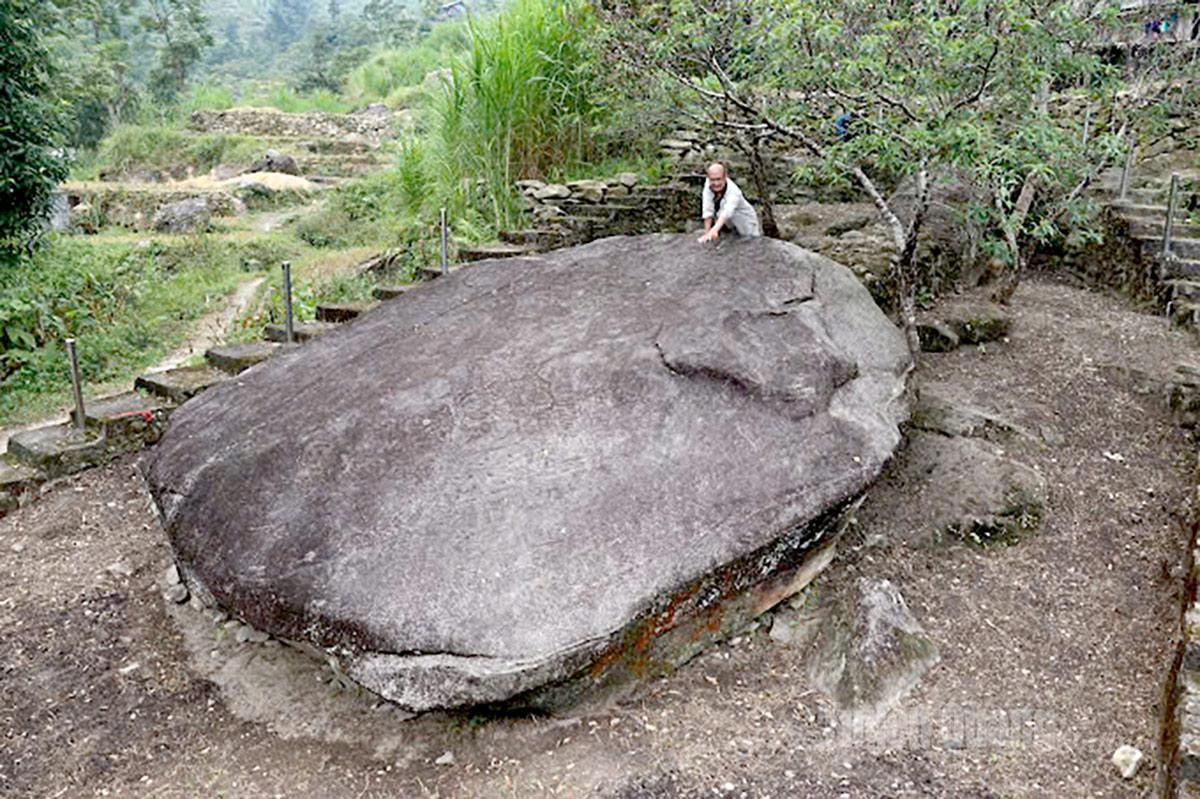 |
| Tourists learn about the mysterious patterns on ancient stone slabs. |
Research results show that the carvings were made with iron tools, dating back to the 2nd to 3rd century AD, possibly earlier than the Sa Pa stone field. Scientists have put forward many hypotheses: this could be a place for religious activities, a form of primitive calendar or a record of cosmic knowledge.
During the research process, scientists from the Vietnam Institute of Archaeology concluded that the patterns on the ancient stone field have many similarities with the Sa Pa stone field, but are more diverse and dense. This is a valuable document, contributing to the study of the spiritual life of ancient residents in the northern mountainous region.
Although there is no exact explanation for the carvings on the stone slabs, the ancient stone site of Nam Dan is still one of the most important archaeological discoveries in the northern mountainous region, both arousing curiosity and posing urgent requirements for conservation and promotion of value.
Linking heritage with tourism space
The value of the ancient stone field of Nam Dan is even more prominent when placed in the majestic landscape of the mountainous region in the West of the province. From the ancient stone field, visitors can easily connect their journey to famous places such as Suoi Thau grassland - where the green grass stretches endlessly and flowers bloom all year round.
Many tourists who have set foot on Suoi Thau grassland have compared it to a miniature Switzerland. Also in this area, the tourist complex of Tien waterfall and Gio pass with its white water stream is associated with the legend of fairies bathing; Gio pass is covered with clouds all year round, with mist soaking the treetops, always attracting tourists to explore ...
This connection creates a unique tourist route, combining archaeology - culture with ecology - experience. Tourists not only learn about historical values through thousand-year-old stone slabs but also enjoy the pristine, evocative landscape. Tourism researchers believe that the ancient stone field of Nam Dan can become a typical tourist product, complementing familiar brands such as Dong Van Stone Plateau, Ma Pi Leng Pass or Hoang Su Phi terraced fields.
In particular, when associated with the community tourism model, the Nung and Mong people in Nam Dan and Suoi Thau will directly participate in tourism, thereby creating livelihoods and contributing to preserving heritage. This is the direction of sustainable development, balancing exploitation and conservation.
Journey back in time
Coming to Nam Dan today, visitors can not only admire the stone slabs engraved with traces of their ancestors but also immerse themselves in the pristine space of Suoi Thau grassland, listen to the sound of Tien waterfall, and breathe in the fresh air on the top of the pass.
Each line carved on the stone reveals an unsolved story. In the morning, when the mist covers the stone beach, the carvings appear and disappear vaguely, evoking the feeling of stepping into the land of old memories. At night, the sky is high and the stars twinkle, making the space more sacred and mysterious.
Each trip is therefore not only a journey of discovery but also a return to the roots. This land is not only beautiful because of its majestic mountains, but also contains thousands of years of historical and cultural values. If preserved and exploited properly, the ancient stone field of Nam Dan will become a precious gem on the tourist map of the far North.
Article and photos: Tien Chien
Source: https://baotuyenquang.com.vn/van-hoa/du-lich/202509/bai-da-co-nam-dan-aa024b4/


![[Photo] General Secretary To Lam, Secretary of the Central Military Commission attends the 12th Party Congress of the Army](https://vphoto.vietnam.vn/thumb/1200x675/vietnam/resource/IMAGE/2025/9/30/9b63aaa37ddb472ead84e3870a8ae825)
![[Photo] Panorama of the cable-stayed bridge, the final bottleneck of the Ben Luc-Long Thanh expressway](https://vphoto.vietnam.vn/thumb/1200x675/vietnam/resource/IMAGE/2025/9/30/391fdf21025541d6b2f092e49a17243f)
![[Photo] President Luong Cuong receives President of the Cuban National Assembly Esteban Lazo Hernandez](https://vphoto.vietnam.vn/thumb/1200x675/vietnam/resource/IMAGE/2025/9/30/4d38932911c24f6ea1936252bd5427fa)
![[Photo] The 1st Congress of Phu Tho Provincial Party Committee, term 2025-2030](https://vphoto.vietnam.vn/thumb/1200x675/vietnam/resource/IMAGE/2025/9/30/1507da06216649bba8a1ce6251816820)

![[Photo] Solemn opening of the 12th Military Party Congress for the 2025-2030 term](https://vphoto.vietnam.vn/thumb/1200x675/vietnam/resource/IMAGE/2025/9/30/2cd383b3130d41a1a4b5ace0d5eb989d)

























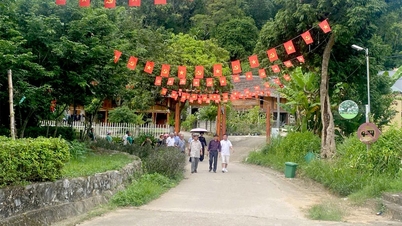
















































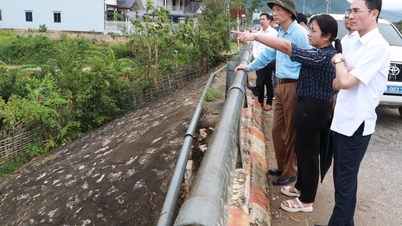


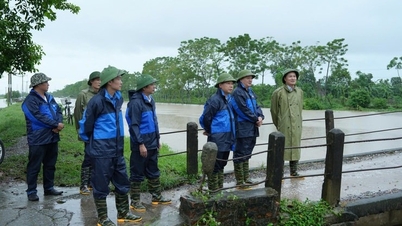
















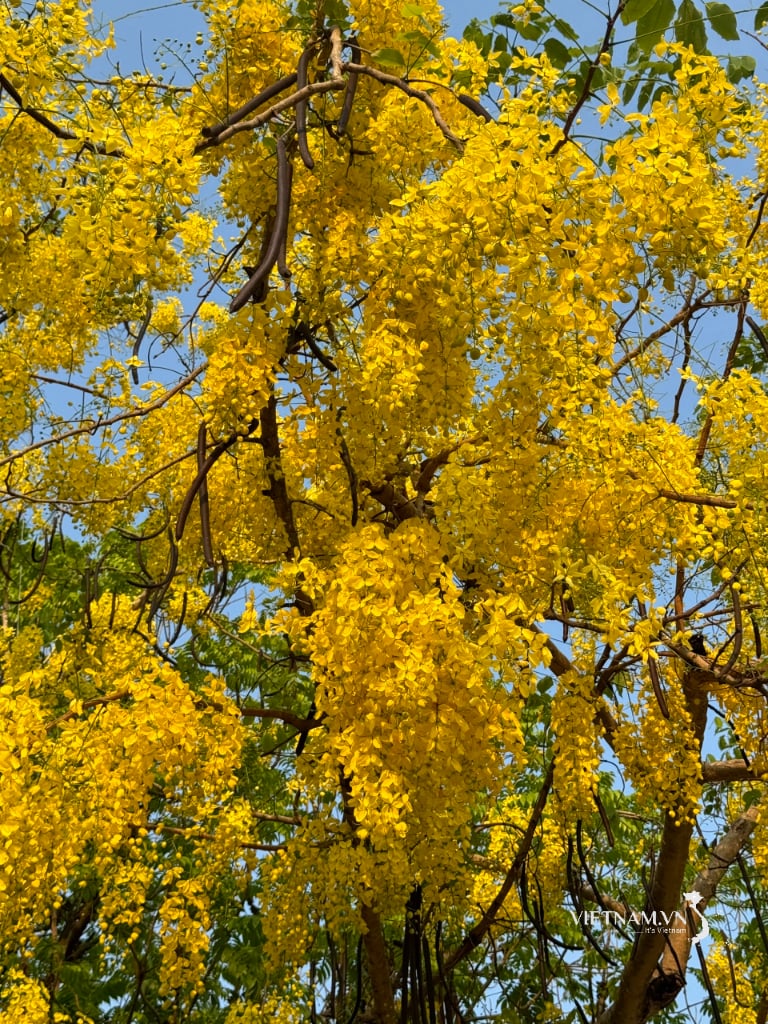

Comment (0)